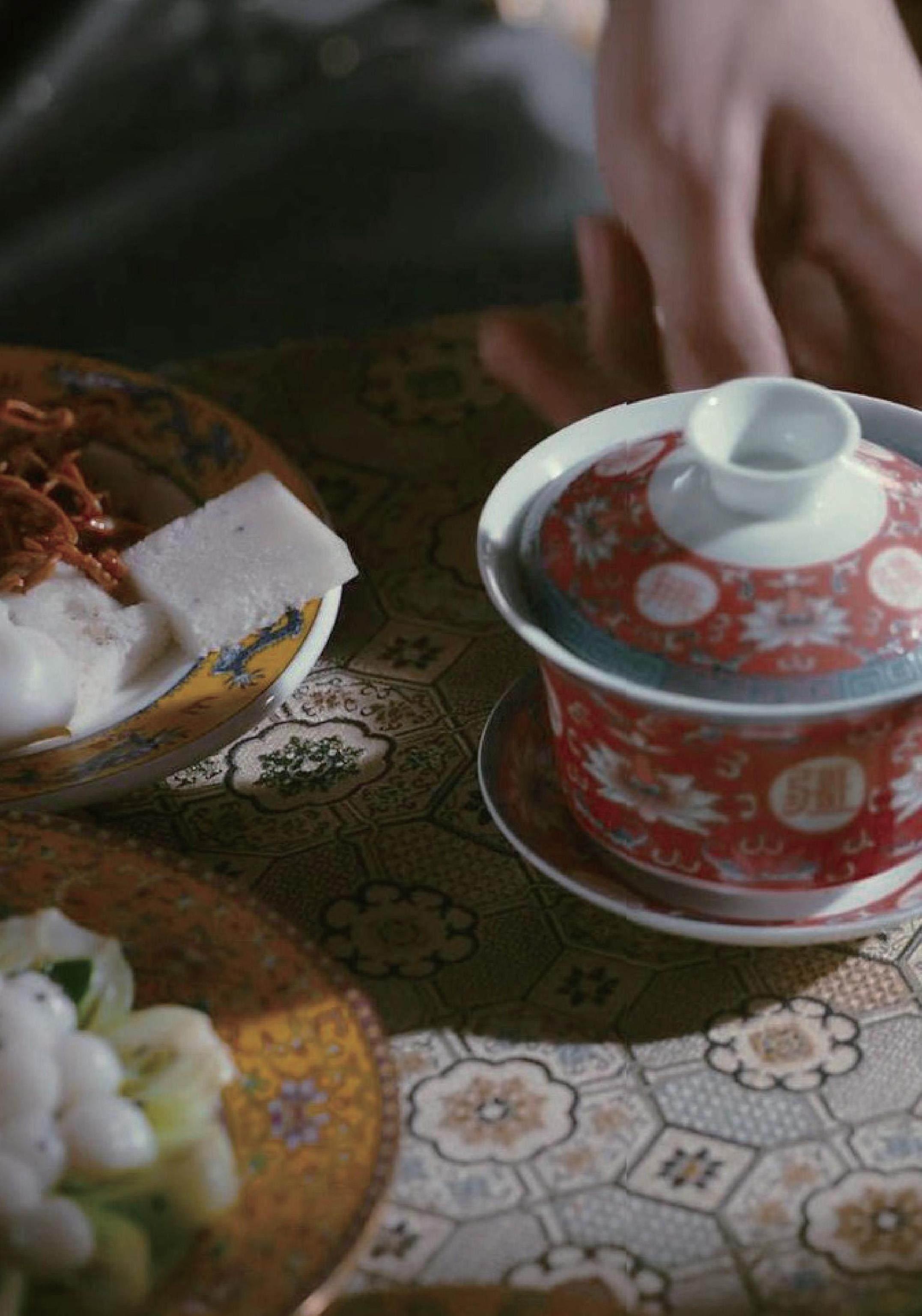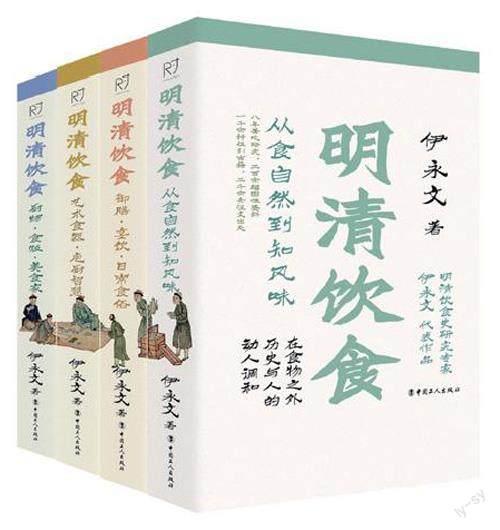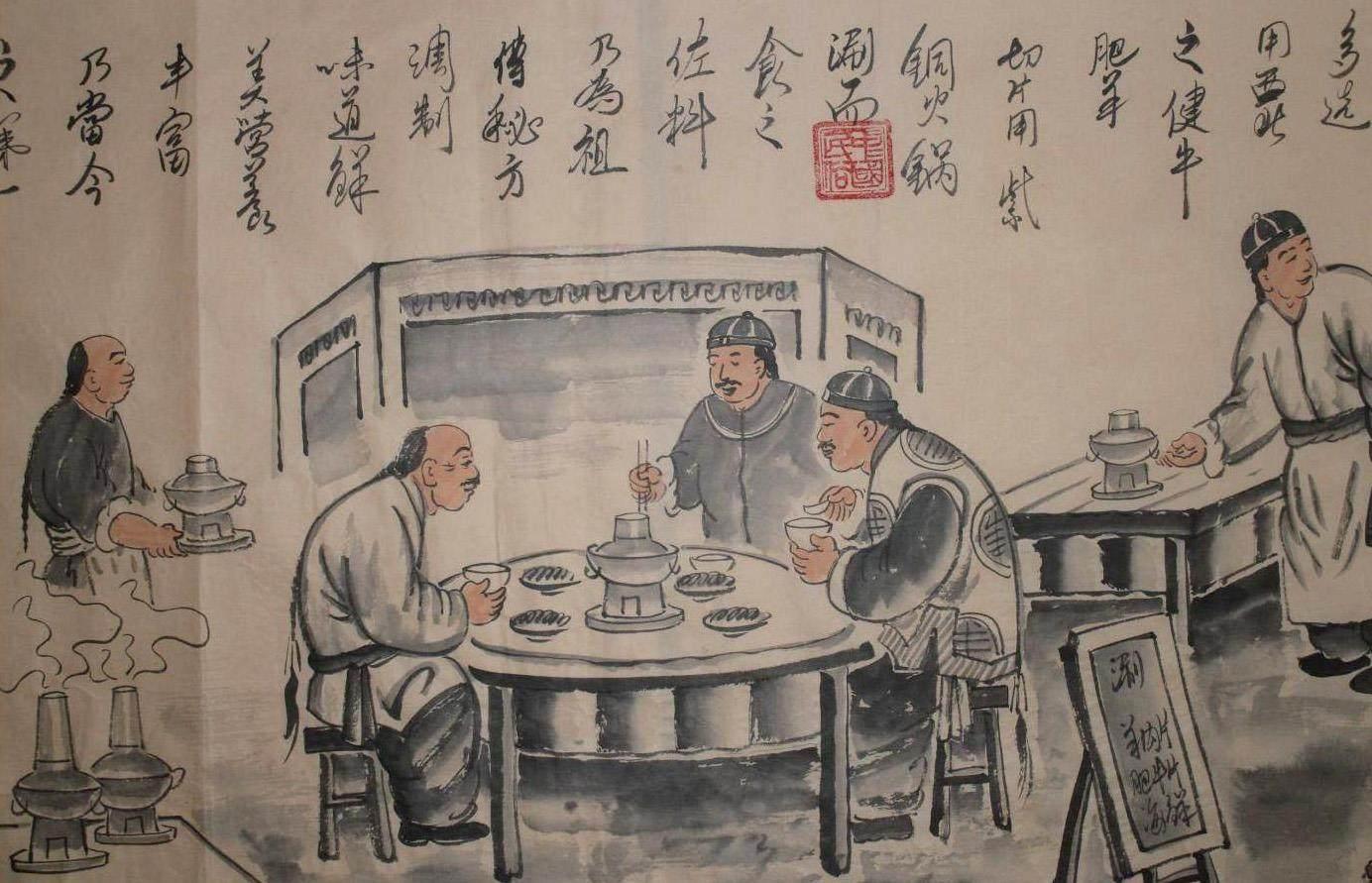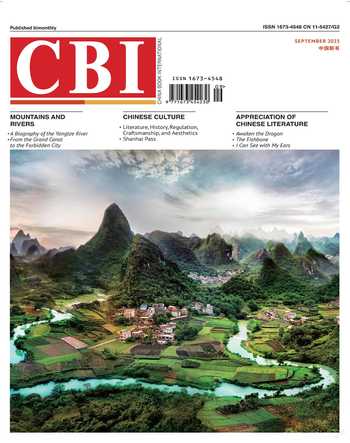Food Preservation in the Ming and Qing Dynasties



Yi Yongwen
Yi Yongwen is a graduate of the Chinese Department at Nankai University, expert in classical literature research, scholar of historical culture, Chinese food history specialist, and professor at the School of Literature at Heilongjiang University.
This series is divided into four volumes. The author uncovers key locations within popular literary styles such as novels, notes, poetry, and folk arts, cross-referencing them with historical documents from Ming and Qing society. Through the lines and passages, the author recreates the historical scenes of food and beverages during the Ming and Qing dynasties.
Food and Beverages in the Ming and Qing Dynasties Series (4 Volumes)
Yi Yongwen
China Workers Publishing House
May 2023
312.00 (CNY)
In order to keep food fresh, people during the Ming and Qing dynasties commonly employed the method of “ice preservation.” During the Ming Dynasty, there is a verse by Yu Shenxing that goes, “In June, Reeves shad arrives with the cold of snow after a journey of three thousand li to Changan.” This verse informs people that in scorching June, Reeves shad was transported from Jiangnan to Beijing using ice and snow to prevent spoilage and maintain its freshness, a method referred to as “ice preservation.”
Official documents from the Ming Dynasty record instances of fresh Reeves shad being transported by boats to Beijing as tribute before the twentieth day of the fifth lunar month, in the seventh year of Wanli (1579). This confirms the frequent use of ice for food preservation during the Ming Dynasty. There were even poems praising the use of ice to preserve Reeves shad: “Picked up straight from the ice, what a delightful pleasure!” This reflects the effectiveness and long-lasting nature of “ice preservation.”
Especially in the south, as peoples culinary standards improved, their demand for ice also increased to the point that even the southern regions of the Ming Dynasty began producing ice. “Salt is sprinkled on water, with one layer of salt and one layer of ice, forming a solid block. It is as thick as that in the north, and the next year it is used.”
Many small ice cellars appeared in the folk communities of Jiangnan. For example, there were twenty-four ice cellars outside Fengmen in Wuxian County. These cellars were built underground, using bricks and stones to create walls. Some ice cellars even incorporated materials made of mud, straw, cotton wadding, or furnace slag to enhance insulation.
But overall, the ice cellars were most abundant in Beijing, with the imperial ice cellars being the largest. The Forbidden City had five ice cellars, capable of storing twenty-five thousand blocks of ice. Aside from one cellar of ice used annually for the tearoom, the rest of the twenty thousand blocks of ice were allocated for the palaces various departments and offices, each overseen by a person responsible for management and distribution, changing once a year. In case of insufficient ice, the Ministry of Works would provide it, supervised by six people and transported by twenty-four laborers.
During the reign of Emperor Yongzheng, there were fourteen imperial ice cellars, storing over one hundred and fifty thousand blocks of ice from Tongzhou and Taiye Lake annually. Furthermore, wherever the Emperor went, ice cellars were established. In the third year of Emperor Yongzhengs reign (1725), the Internal Affairs Office built an ice cellar in Yuanmingyuan, the Old Summer Palace, to provide more ice for Changchun Garden.
Emperor Yongzheng often questioned whether the imperial ice storage was sufficient and if it was necessary to transport ice from elsewhere. His emphasis on ice preservation was mainly because the capacity and quality of ice could provide reliable assurance for the freshness of daily meals and the abundant food at the palace banquets. This consciousness of ice preservation wasnt exclusive to the royal family but was widespread among the common people as well. During the scorching summers in Beijing, both big and small restaurants traditionally served “four ice fruit” at banquets, which became customary. In the sweltering heat, this ice preservation method was highly advantageous.
During the Ming and Qing periods, the most essential and indispensable form of preservation was food preservation. The state mainly employed storage for food preservation. For instance, in the Beijing area, there was a special storage called the “Thirteen Granaries” designated for storing rice for the imperial court. Likewise, provinces, prefectures, and counties established similar granaries. In addition, there were the Constant Supply Granaries, Ample Reserve Granaries, Banner Granaries, Community Granaries, and Voluntary Granaries. These followed the principle of “seventy percent for storage and thirty percent for selling” to ensure that stored grain remained fresh and did not deteriorate.
Taking the rice-abundant Huzhou, Zhejiang Province, as an example of food preservation among the common people: in this region, “winter-hulled rice” was stored in straw silos. These silos were constructed by binding rice straw into circles, each circle about two feet high, stacked on top of each other to increase height. Next, vegetable leaves and bran were bound together with rice straw, forming a bundle several feet tall, and placed at the center of the silo. This is called the “fatou.” Then, rice was placed into the silo. After about ten days, the “fatou” heated up through steaming, and moisture rose. Rice chaff is quickly used to collect the moisture, changing when it gets wet. The process should carry on until the moisture is completely absorbed. Only then did the rice turn uniformly yellow and white, remaining free from mold and pests.
Preserved rice was most valued when it maintained a white color. The key was in the steaming process. After “opening the granary,” if the rice displayed a uniform yellow-white color, it was considered of the highest quality. If the color was deep yellow or close to red, it wasnt considered top-grade, and if it turned black, it was called “Wuding head,” which was the lowest quality. If the rice grains were incomplete, it was referred to as “yuecao fragments.” Too much dust was called “beng bei bing,” which should be removed with a windmill. For rice that did not undergo the “fatou” process, it was called “l(fā)eng tan,” and although the rice appeared white, it tasted bland.
After “opening the granary” for winter-hulled rice, two or three pecks of good rice were packed into hemp bags. When the new winter-hulled rice was placed in the granary, it was added to the new rice. The next year, the rice could be taken out, known as “aged rice.” The rice stored in this manner for three cycles was the best, easy to digest, appetizing, and highly suited for patients.
In summary, food preservation during the Ming and Qing dynasties was diverse and advanced. If categorized and analyzed according to previous eras and expert classifications, the preservation methods of that time can be broadly grouped into five categories:
1. Cooling and Insulation: Primarily ice preservation, well and pit preservation
2. Seasoning and Pickling: Primarily honey preservation, sugar preservation, salt preservation, soy sauce preservation, vinegar preservation, and alcohol preservation
3. Drying and Dehydration: Primarily drying, wind drying, dehydration, smoking, curing, and roasting
4. Sealing: Primarily sealing with mud, paper, jars, and oil
5. Biochemical Preservation: Primarily biological preservation, ash preservation, copper preservation, and sand preservation
Food preservation had become an integral part of peoples daily diet during the Ming and Qing dynasties. From an agricultural perspective, each season required cultivation, which was accompanied by food preservation. Building upon the rich experiences of previous eras, food preservation during the Ming and Qing dynasties saw various innovations.
Like the practice of “biological preservation”: Placing ten crabs seasoned with salt and alcohol into a vessel together with half-erected soapberry pods can prevent decay for a year. High-quality salt mixed with soapberries prevents corruption even when stored in baskets.
Hawthorn fruits, water, and floating charcoal stored together can retain color and keep meat from spoiling over time.
High-quality sesame oil-infused fresh Reeves shad remains unchanged even during the hottest months for over a month. Its the same as steamed dried winter cabbage fried with meat.
New methods emerged for preserving dates during the Ming Dynasty: After ripening, dates were picked early in the morning while still attached to the branches, undamaged. They were air-dried to remove surface moisture. Prepare clean pots without oil or alcohol residue. Each pot was heated, dried, and cooled. Dry clean straws in the sun and let them cool down. Alternating layers of straws and dates were stacked and sealed in the pot, and the dates would remain fresh until the following year. The focus of this method was to ensure that no oil residue remained, preventing mold growth, and no alcohol residue remained, the same reason as the preservation of citrus fruits. With the introduction of sweet potatoes from foreign lands, the “sun-dried sweet potato” method was devised: Select large, ripe sweet potatoes, peel them thoroughly, steam them until cooked, grind them into a fine powder, shape them into sticks or cakes, sun-dry them, and store them in new porcelain containers. They could be consumed as snacks and were highly regarded. As for meat, which was commonly consumed, there was the “smoked meat preservation” method: A large pot was cleaned, and a large jar containing burning alcohol was placed on the bottom of the pot, covered with bamboo mats. The meat was placed on the mats, and the pot was sealed with paper. When needed, the meat could be taken out without spoilage.
In these manners and more, food preservation during the Ming and Qing dynasties entered a colorful spring.

